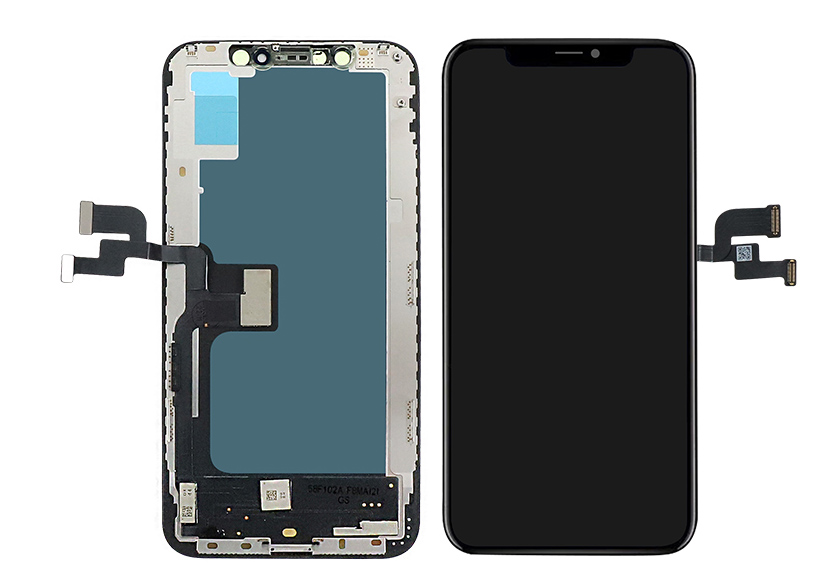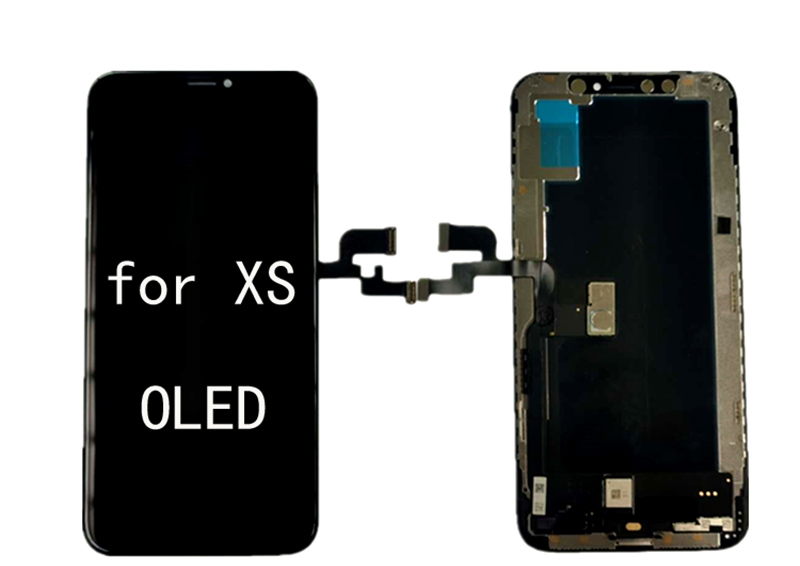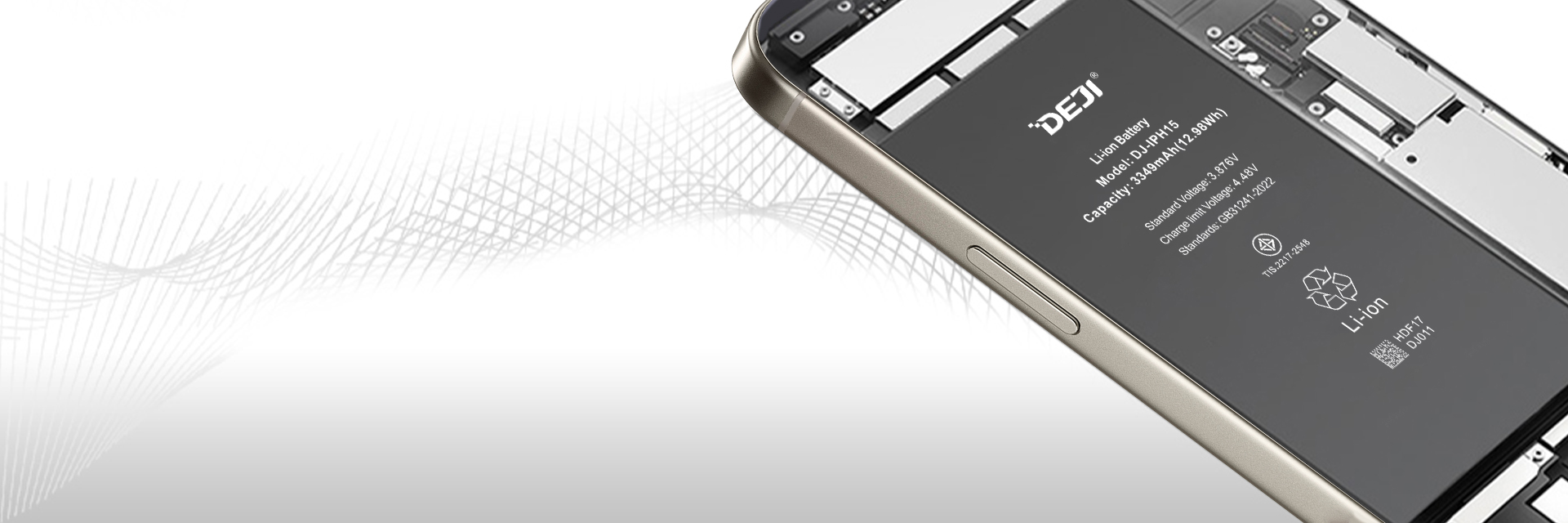What Is LCD Screen
Let us start from the foundation. Basically there are two different iPhone screen. The first is LCD, which represents LCD display. In order to simplify the explanation (this is an important simplification), let's take a look at the two components that make LCD work. The first is their pixels that determine the color appearing on the screen. Each pixel has three sub -pixels -a red, a green and a blue -their strength will change. This color combination produces images when you scroll on Instagram, watch YouTube videos, or view your photos.
The second component of LCD is backlight. Backlight is a panel behind the pixel that emits light through them so that you can see what you see. When you change the brightness of the monitor, you are actually controlling the backlight, which covers the entire display; imagine it as a light bulb -you cannot decide to make a part of the light bulb lighten up and darker the other part.

What Is OLED Screen
Another iPhone display is OLED, the abbreviation of organic light emitting diode. The main difference between LCD and OLED display is that there is no backlight in the OLED panel. On the contrary, the pixel lits yourself. This gives you some significant benefits; first, you can get more fine images, because each pixel is independent, and without the need for backlight to cover all the surrounding pixels. The biggest benefit is that the most benefit of people's talks is that OLED pixels can be closed by themselves, so that you can get incredible contrast between light and dark images.

OLED Advantage On IPhone
This is a good example: suppose you are watching movies on your mobile phone. Whenever there is a dark scene in the movie, these areas of the display are completely closed. The night sky becomes completely black; if the movie is a wide -screen or 4: 3 square, the strips that appear on the top and bottom or left and right will suddenly completely darkens. It will produce very beautiful images, especially when you watch in a dim room.
These benefits are why I particularly like OLED TVs. The image is great, and when watching in a completely dark room, the mailbox bar disappears; you can only see the screen part you should see (whether it is a ultra -wide screen or an old square format).
When it comes to iPhone, if you compare LCD iPhone and OLED iPhone and fill each display with black rectangles, it will perfectly display the difference. OLED iPhone looks like shutdown; LCD iPhone will still look dark, but the display will be illuminated.
Because OLED pixels can be turned off by themselves, it will have a huge impact on battery life. You only need to use dark mode, especially the dark mode with a black background, you can save some electricity for your iPhone. (The gray will not turn off the pixels, so you really need a full black element to save your iPhone battery without having to power every pixel.)
What Are The Disadvantages Of OLED?
Traditionally, the main defects of the OLED display are aging. Unfortunately, you often see this situation on OLED TVs; after a long time of use, sometimes the "shadow" of static images will stay on the screen. For example, people who often watch news complain that they can always see the outline of Chyron, news market and media logo on TV.
In other words, Apple does well in preventing OLED iPhone from aging, and this is not a common problem of these devices. The first OLED iPhone -X —— Since its release in 2017, in these four years, residual images are not a matter of attention. In other words, if you are afraid of aging, you don't need to choose LCD iPhone deliberately.
 sales@batterydeji.com
sales@batterydeji.com




